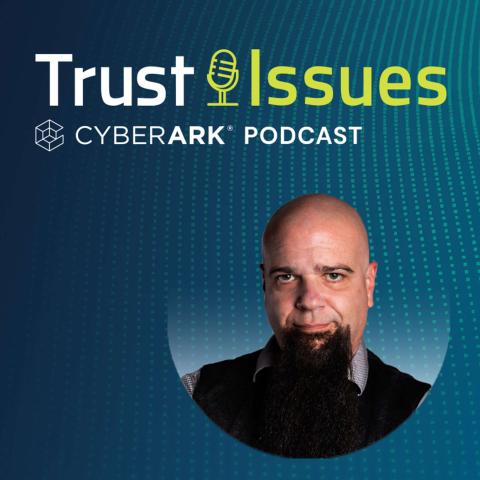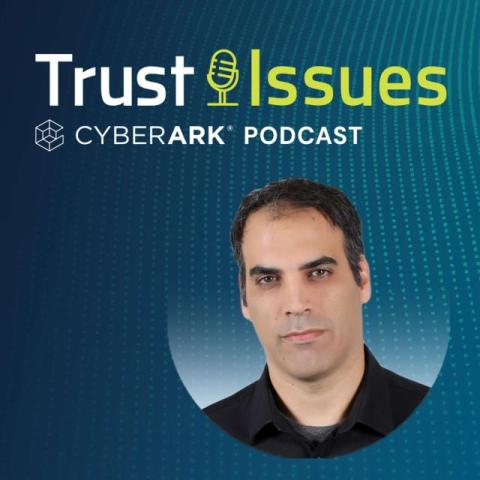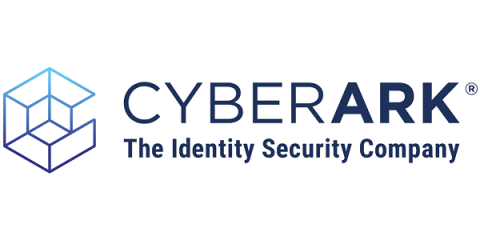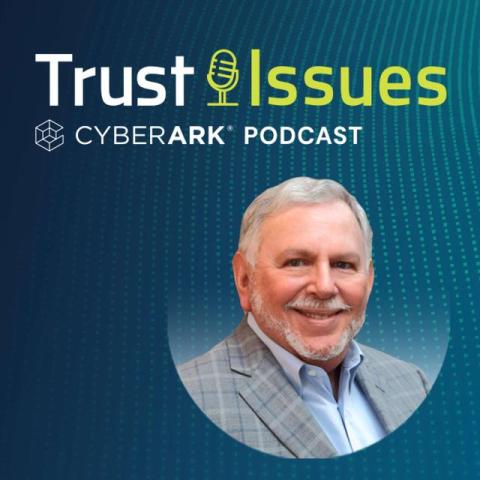EP 64 - Identity Reinvention: Insights From the World's First Augmented Ethical Hacker
In this episode of the Trust Issues Podcast, host David Puner sits down with CyberArk’s resident technical evangelist, white hat hacker and transhuman, Len Noe. They dive into Len’s singular journey from a black hat hacker to an ethical hacker, exploring his identity reinvention and the fascinating world of subdermal microchip implants and offensive security.











